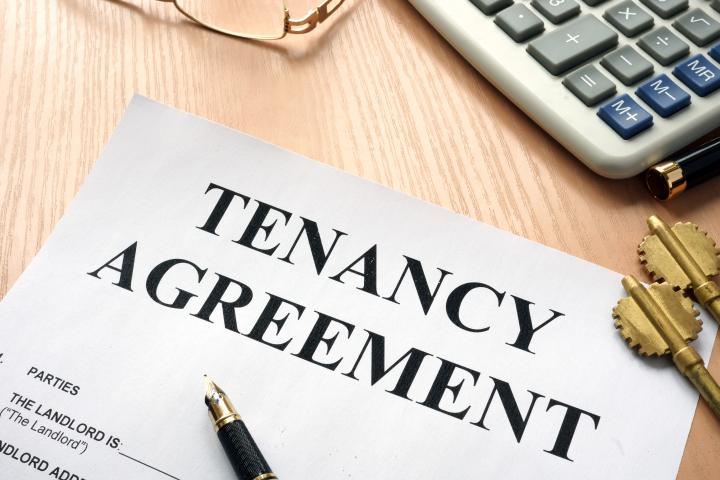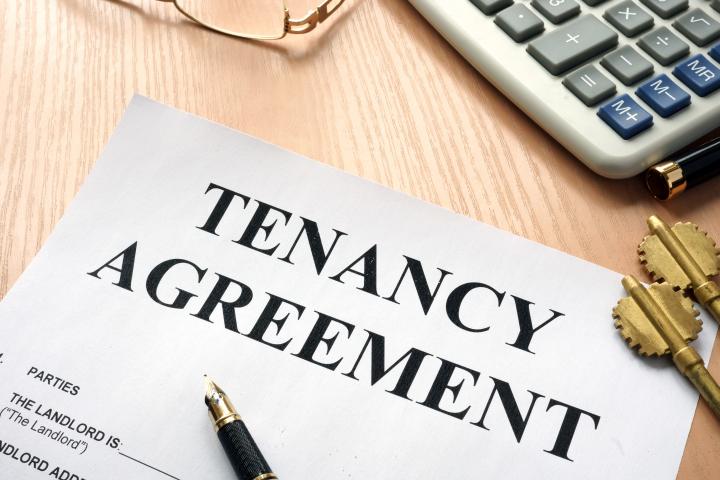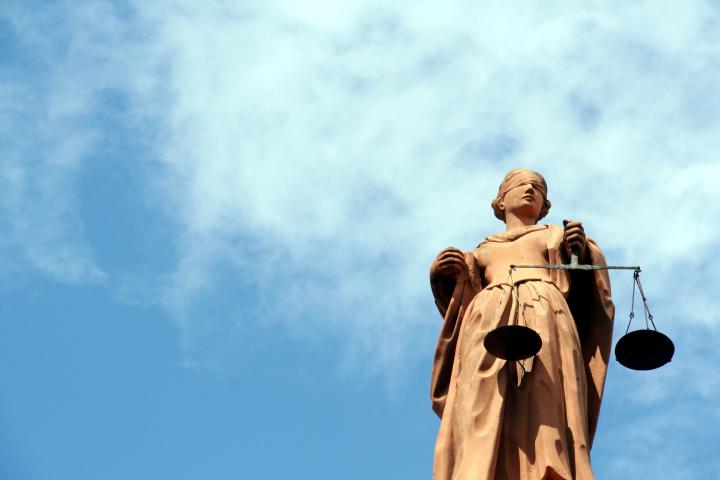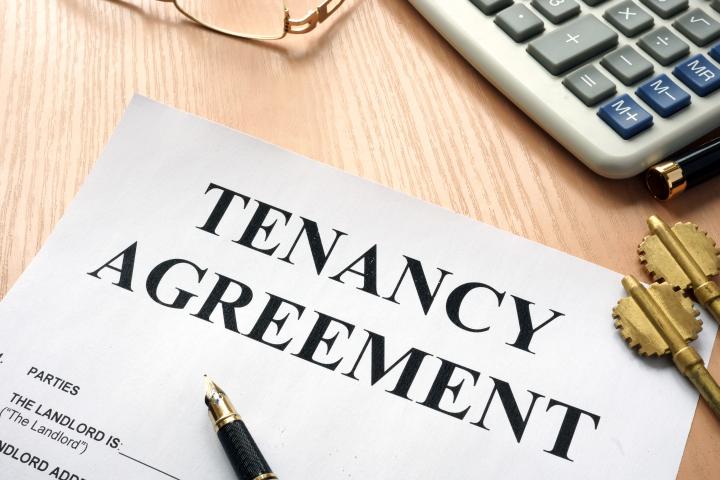Search by alphabetical topics All ABCDEFGHIJKLMNOPQRSTUVWXYZ
-
 DAMP
DAMPDamp
In simple terms damp in a property is caused by a lack of proper ventilation for water vapour generated in the property to escape. In such cases the property is not adequately equipped to deal with the level of water vapour. This may be due to:
- Insufficient heat in the property
- Inadequate insulation
- Lack of ventilation
- An excessive production of vapor
How to detect dampness in your rental property:
- Mould spores
- Infestation by house mites
- Destruction of furniture
- Condensed water on cool surfaces and walls and plaster fittings.
Consequences
- The presence of deep condensation or dampness in the property creates mould growth, excessive humidity and in rare cases insect infestation.
- Effect on tenants
- Excessive dampness can cause mould growth which puts the tenant’s health and safety at risk. We can say that such property is unfit for habitation and tenants can make a claim under the Landlord and Tenant Act 1985 s9A (LTA 1985 s9A) which could require an immediate remedy of the defect in the property which is now deemed unfit for habitation.
- When the landlord agreed to keep the property fit to live in or in a good condition as part of the tenancy agreement the landlord may have broken the terms of the agreement where the dampness in the property causes mould to build up due to the acute condensation, which is return causes the property to be uninhabitable or in a condition consequently not fit to live in.
- A claim can be brought where mould growth presents a risk to the well-being and safety of the tenant who is now living in the property.
- Ombudsman
- Since April 2013 the housing ombudsman has the responsibilities for complaints about housing management matters, including disrepair's, condensation and property unfit to live in issues covering both housing association tenancies and local councils’ tenancies.
- Bear in mind that there will be some exceptions to the rule under the Landlord and Tenant Act 1985 s9A.
There are certain exceptions:
- The landlord is not responsible for unfitness of the property if the cause is directly attributed to the tenant’s failure to behave in a tenant-like manner (s.9A(2)(a)),
Example
- If the cost of the heating provided by the tenant’s chosen heating provider is high and the tenant is unable to pay the heating costs to provide adequate heating to the property and consequently damp occurring and causing the property to be unfit to live in.
- The landlord is not under any obligation to rebuild or reinstate the property in the case of destruction or damage by, flood, storm, fire, or other accident (an act of nature as we commonly describe them).
Example
- An unforeseen storm destroys part of or the whole property and makes it unfit for living where the roof has sustained some damage and where the interior is exposed to the elements.
- The landlord is not under any obligation to maintain or repair anything the tenant is entitled to remove from the property including furniture and appliances.
- The landlord is not under any obligation to carry out works or repairs which will put him/her in breach of any obligation imposed by a third party such as undertaking work or repairs without obtaining planning permission, or without asking the permission of the freeholder of the land, or disrupting an order to maintain a conservation area requirement and the landlord has made reasonable steps to get the relevant consent, but which has not been given.
-
Derogation from Grant
Derogation from Grant
- If the landlord has interred with the property in such a way as to make the property unfit for its intended purpose for which it was let, then he is said to have derogated from grant.
-
 Discretionary Housing Benefit
Discretionary Housing BenefitThis is available to tenants already in receipt of Housing Benefit but who are in need of additional financial help with housing costs.
A written request should be made in person at the Local Authority offices. There is no right of appeal against a refusal of an award of Discretionary Housing Benefit.
-
 Dismissal
DismissalThe claim can be dismissed for the following reasons:
The correct procedure for bring the case to court has not been followed by the landlord
It has not been proved by the landlord that any grounds for possession have been breached
-
 Disrepair
DisrepairResponsibility for Disrepair
Any disrepair in the tenant’s property is the responsibility of the landlord to put right.
There is a difference between Disrepair and Improvement and the following details the important differences.
Disrepair
Legally disrepair is defined as damage to a property that needs to be put right. Any repair must correct the disrepair and make good, and damage caused by the disrepair. The tenancy agreement may contain a clause stating that any repairs will be made within a reasonable time following notification of the disrepair.
Examples of Disrepair:
- Malfunctioning or no utilities – water, gas, electricity.
- Leaking/broken plumbing – damaged sinks/toilets etc.
- Leaks in roofs/guttering/missing tiles or slates
- Damp or mould caused by defects in the structure of the property.
- Items not classed as disrepair:
- Broken white goods – The tenancy agreement should specify who is responsible.
- Broken windows – unless caused by criminal damage broken kitchen units.
- Damp caused by condensation.
- Damaged beds or bedframes - The tenancy agreement should specify who is responsible.
Improvement
Any work which improves the appearance, quality and value of a property is defined as an improvement. The landlord is not required to improve the property unless an Improvement Notice has been served.
-
 Disrepairs
DisrepairsDisrepair- Who is responsible
The general rule on disrepair is that it usually falls under the responsibilities of the landlord and is listed on the tenancy agreement. The confusion between disrepair and wear and tear (improvement) can cause a lot of misunderstanding between landlords/letting agents and tenants.
Section 11 of the Landlord and Tenant Act 1985 states that the landlord has the statutory duty to keep in good repair the structure and exterior of the dwelling as well as the gas, heating installation, water and electrical services.
Under Section 11 (1) of the Landlord and Tenant Act 1985 the leaser shall keep in good repair the following areas of the property:
The structure and exterior of the dwelling property and this includes interior and exterior pipes, gutters and drains of the property being leased.
All installations in the dwelling property for the use and supply of gas, electricity and water.
All sanitary equipment such as sinks, baths and other additional sanitary features such as fixtures used to facilitate the consumption of water, electricity and gas which were available in the dwelling property at the beginning of the lease.
The installation of space heating in the dwelling property that has been leased.
When evaluating and analysing the standard of repair, the leaser (landlord/letting agents) should consider the character, age and prospective life of the dwelling property as well as its location.
Disrepair
The legal meaning of disrepair: There is damage in the property that needs to be put right.
The repair undertaken to the damaged area or object should put in proper working order.
Examples of disrepair:
Damp/mould caused by exterior and interior structural defects.
Broken extractor fans.
Leaking/broken gutters.
Non-functioning hot water/gas and heating.
Leaks through ceiling/roof.
Leaking toilets/basins.
-
 Duty to carry out repairs
Duty to carry out repairsThe landlord is only required to carry out repairs once he has been notified of any disrepair by the tenant. These repairs should be completed within a reasonable period of time. If the repairs are not carried out then the tenant is entitled to take legal action to force completion and also claim compensation for any suffering or inconvenience caused by the lack of repair.
Search by alphabetical topics
All
ABCDEFGHIJKLMNOPQRSTUVWXYZ




